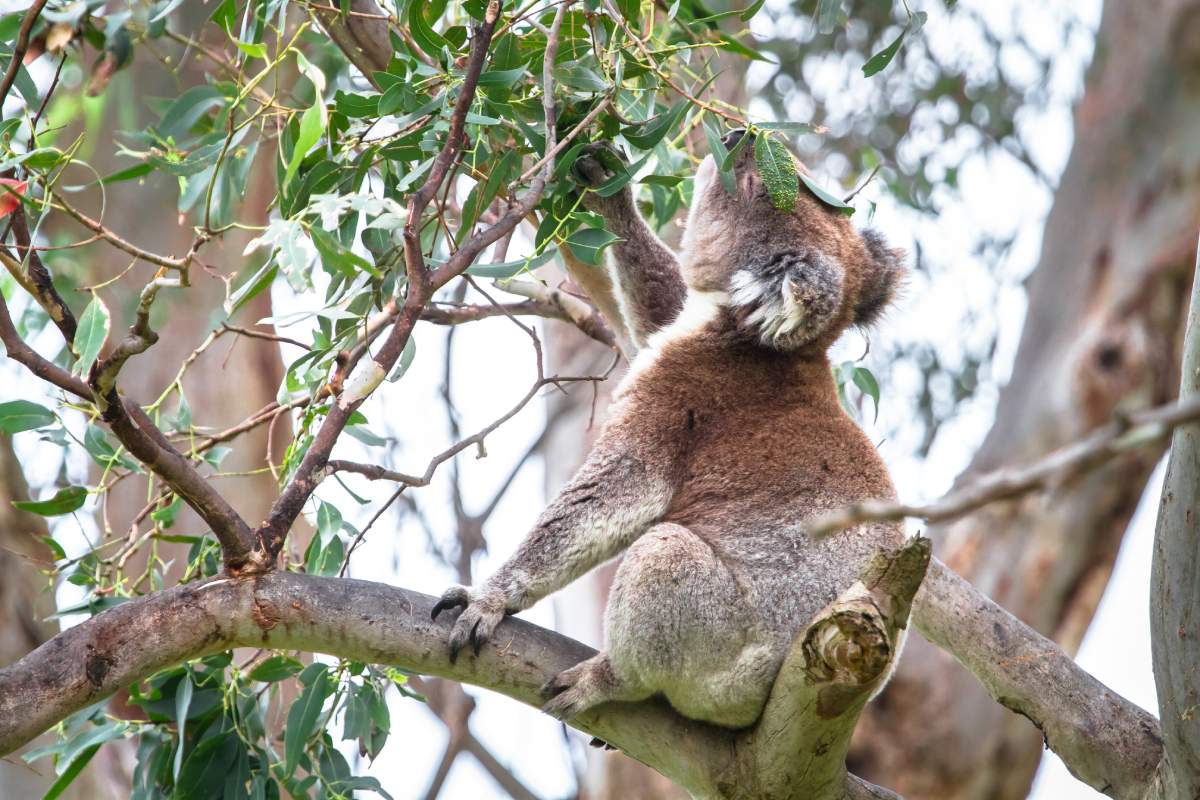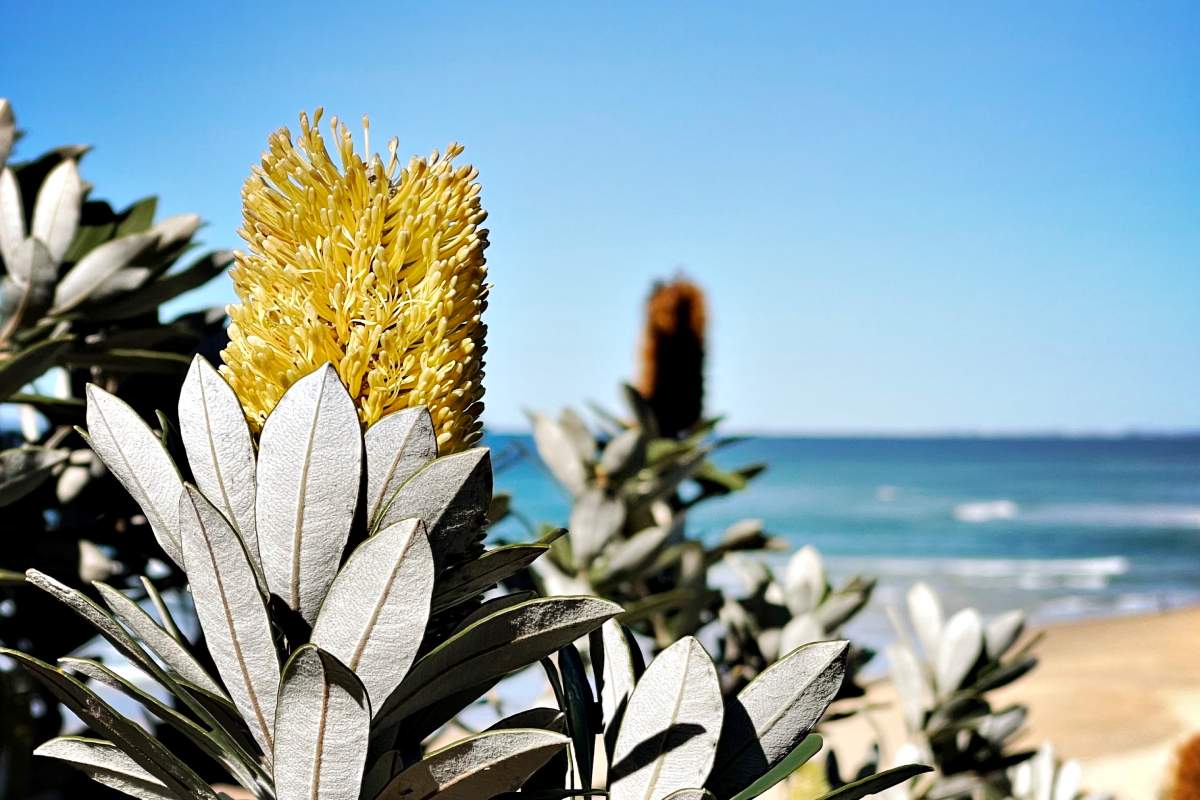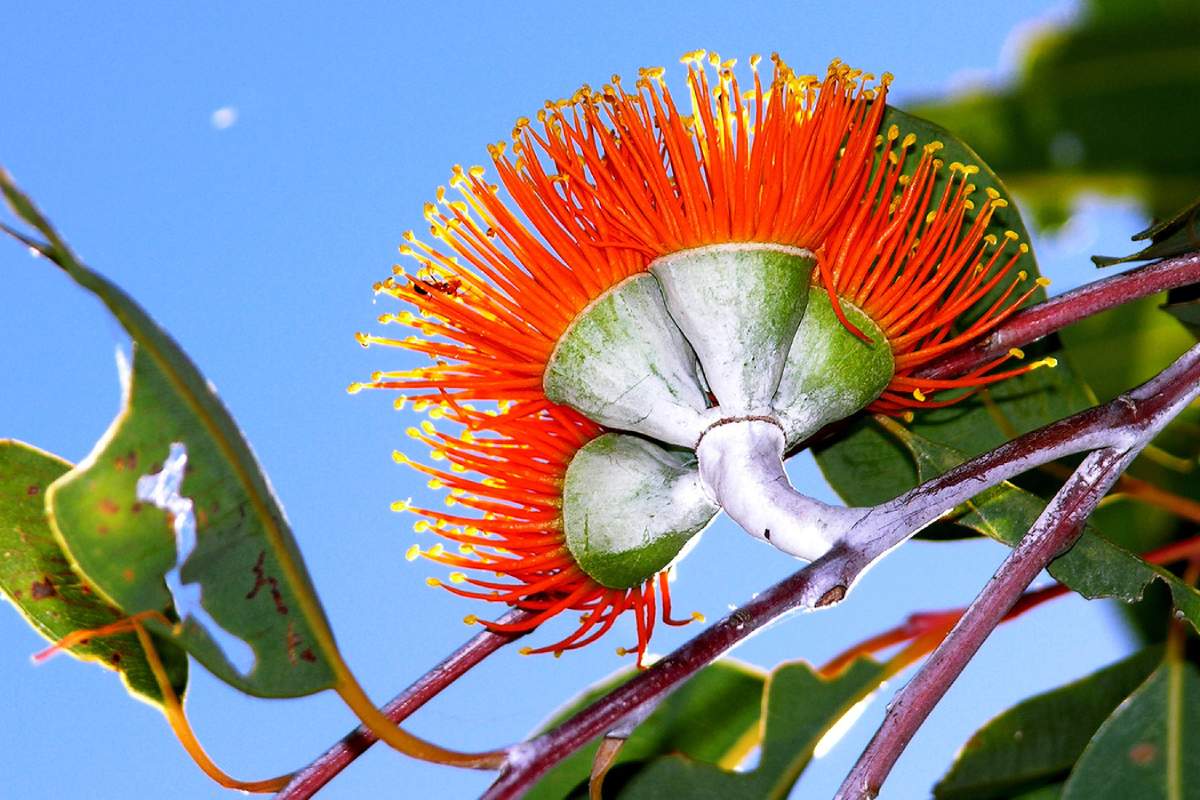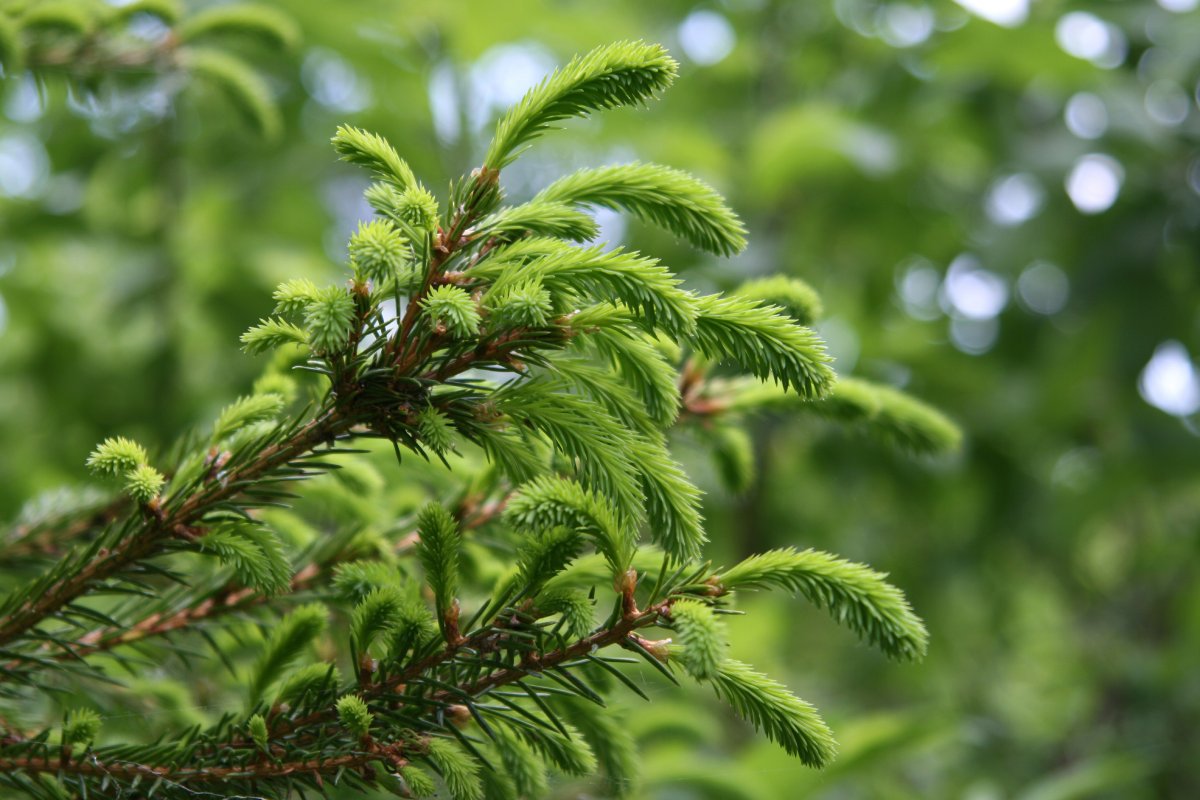
Protected tree species in each of the Australian states.
Australia is home to a wide variety of flora and fauna, including many tree species that are unique to the country. Protecting these trees is crucial to preserving the natural beauty and ecological diversity of Australia. Each state in Australia has its own legislation governing the protection of trees, including protected tree species.
Here is the overview of protected tree species in each of Australia’s parts.
Protected tree species in each of the Australian states.
New South Wales:
The New South Wales government has listed over 1,000 tree species as threatened or endangered. These trees are protected under the Biodiversity Conservation Act 2016. The list includes iconic species such as the Wollemi Pine, which is known to exist in only a few remote valleys in the Blue Mountains. Other protected tree species in NSW include;
- Wollemi Pine (Wollemia nobilis)
- Grey Mangrove (Avicennia marina)
- Brush Cypress (Callitris tuberculata)
- Little Mountain Palm (Livistona montana)
- Yellow Box (Eucalyptus melliodora)
- River Red Gum (Eucalyptus camaldulensis)
- Snow Gum (Eucalyptus pauciflora)
- Mugga Ironbark (Eucalyptus sideroxylon)
- Spotted Gum (Corymbia maculata)
- Black Sheoak (Allocasuarina littoralis)

Victoria:
Victoria’s Department of Environment, Land, Water and Planning has listed over 400 native species as threatened or endangered. These trees are protected under the Flora and Fauna Guarantee Act 1988. Some of the protected tree species in Victoria include;
- Alpine Ash (Eucalyptus delegatensis)
- Swamp Gum (Eucalyptus ovata)
- Mallee Box (Eucalyptus dumosa)
- Yellow Gum (Eucalyptus leucoxylon)
- River Red Gum (Eucalyptus camaldulensis)
- Silver Banksia (Banksia marginata)
- Sweet Bursaria (Bursaria spinosa)
- Hop Goodenia (Goodenia ovata)
- Swamp Everlasting (Xerochrysum palustre)
- Slender Rice-flower (Pimelea linifolia)
Queensland:
The Queensland government has listed over 2,000 plant species as either endangered or vulnerable. These species are protected under the Nature Conservation Act 1992. Some of the protected tree species in Queensland include;
- Queensland Kauri Pine (Agathis robusta)
- Bunya Pine (Araucaria bidwillii)
- Moreton Bay Fig (Ficus macrophylla)
- Hoop Pine (Araucaria cunninghamii)
- Alexandra Palm (Archontophoenix alexandrae)
- Black Bean (Castanospermum australe)
- Blue Quandong (Elaeocarpus angustifolius)
- Tamarind (Tamarindus indica)
- Weeping Myall (Acacia pendula)
- Native Mulberry (Pipturus argenteus)

Western Australia:
Western Australia has over 400 tree species that are listed as threatened or endangered. These trees are protected under the Wildlife Conservation Act 1950. Some of the protected tree species in Western Australia include;
- Jarrah (Eucalyptus marginata)
- Blackbutt (Eucalyptus patens)
- Swan River Myrtle (Hypocalymma robustum)
- Flooded Gum (Eucalyptus rudis)
- Marri (Corymbia calophylla)
- Yate (Eucalyptus cornuta)
- Banksia Woodlands (Banksia species)
- West Australian Christmas Tree (Nuytsia floribunda)
- Illyarrie (Eucalyptus erythrocorys)
- Kingia (Kingia australis)
South Australia:
South Australia’s government has listed over 150 plant species as threatened or endangered. These trees are protected under the National Parks and Wildlife Act 1972. Some of the protected tree species in South Australia include;
- Southern Cypress Pine (Callitris gracilis)
- Western Myall (Acacia papyrocarpa)
- Swamp Paperbark (Melaleuca halmaturorum)
- Yacca (Xanthorrhoea semiplana)
- Western Myall (Acacia papyrocarpa)
- Smooth-barked Apple (Angophora leiocarpa)
- Native Pine (Callitris oblonga)
- Common She-oak (Allocasuarina verticillata)
- River Red Gum (Eucalyptus camaldulensis)
- Blackwood (Acacia melanoxylon)
Tasmania:
Tasmania has a long history of protecting its native flora and fauna. The government has listed over 500 plant species as threatened or endangered. These trees are protected under the Threatened Species Protection Act 1995. Some of the protected tree species in Tasmania include;
- Huon Pine (Lagarostrobos franklinii)
- King Billy Pine (Athrotaxis selaginoides)
- Leatherwood (Eucryphia lucida)
- Blackwood (Acacia melanoxylon)
- Myrtle Beech (Nothofagus cunninghamii)
- Silver Wattle (Acacia dealbata)
- Swamp Gum (Eucalyptus ovata)
- Tasmanian Oak (Eucalyptus regnans)
- Sassafras (Atherosperma moschatum)
- Celery Top Pine (Phyllocladus aspleniifolius)

Northern Territory:
The Northern Territory government has listed over 250 plant species as threatened or endangered. These trees are protected under the Territory Parks and Wildlife Conservation Act 1976. Some of the protected tree species in the Northern Territory include;
- Darwin Woollybutt (Eucalyptus miniata)
- Darwin Stringybark (Eucalyptus tetrodonta)
- Carpentaria Ghost Gum (Corymbia tessellaris)
- Cycads (Macrozamia species)
- Northern Silky Oak (Grevillea striata)
- Northern Red Bean (Erythrophleum chlorostachys)
- Kakadu Plum (Terminalia ferdinandiana)
- Grevillea Bush Tomato (Solanum cleistogamum)
- Sand Palm (Livistona humilis)
- Kakadu Bloodwood (Corymbia opaca)
There are other special species that are not listed as protected tree species under the national or state legislation in Australia but some local councils may have regulations in place to protect significant trees, such as Norfolk Pines.
Norfolk Island Pine (Araucaria heterophylla) is protected within Norfolk Island’s jurisdiction. Norfolk Island Pines are considered an important part of Australia’s cultural and horticultural heritage and are often planted in public spaces and gardens.
In conclusion
Protecting tree species is an important aspect of preserving Australia’s unique ecological diversity. Each state has its own legislation to protect its native flora and fauna. While there may be variations between the states, the common goal is to ensure the survival of threatened and endangered species for generations to come.






